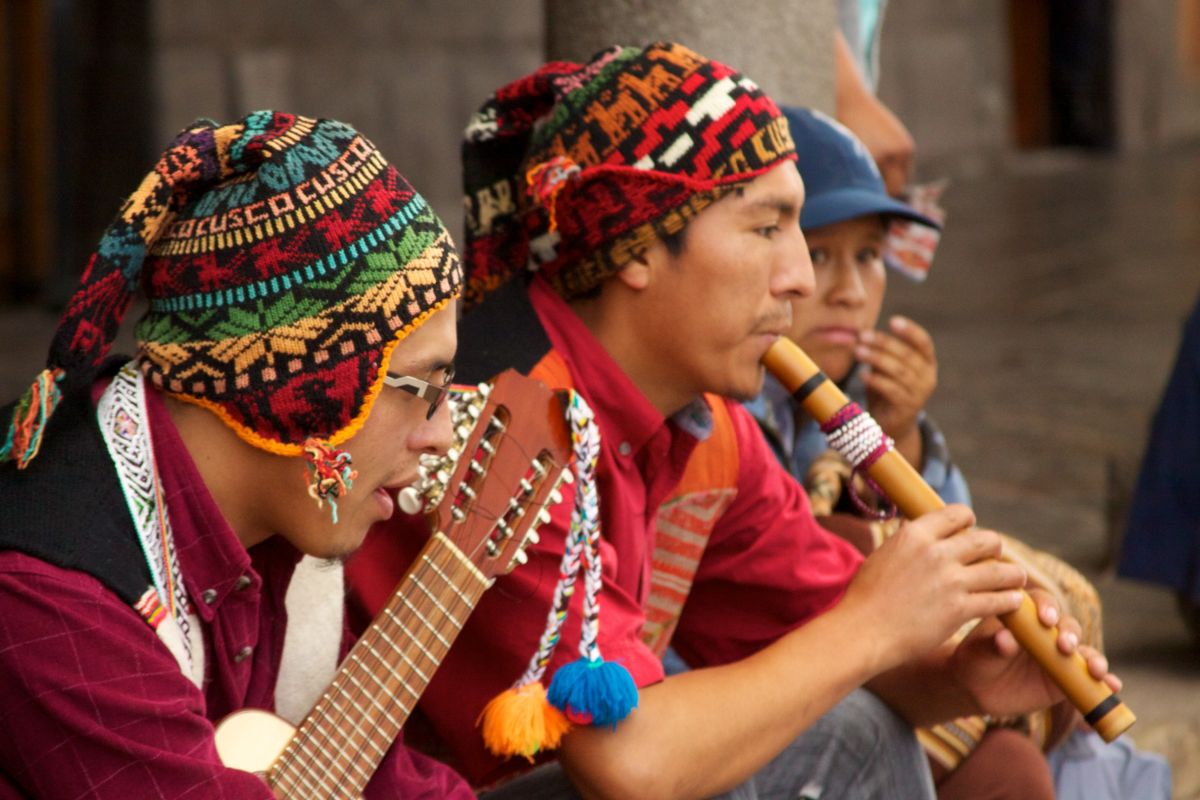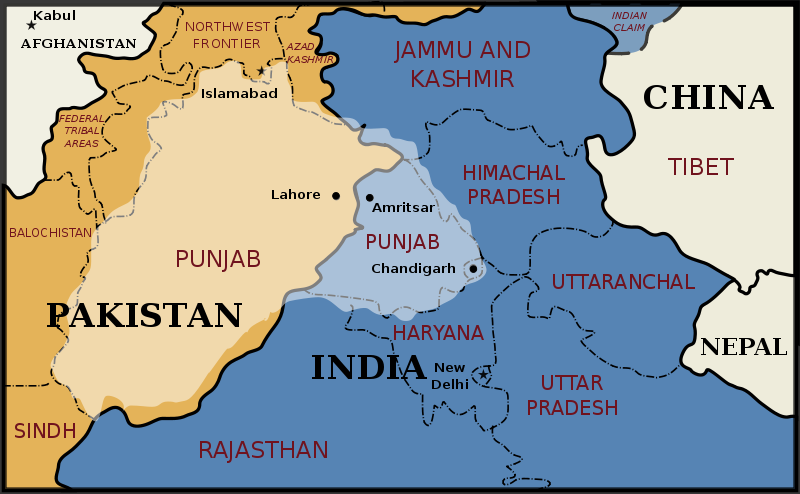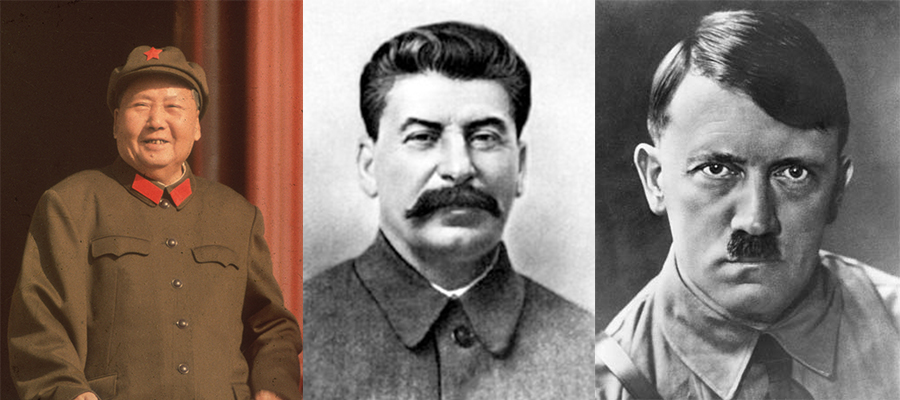The Third Night of Navratri and Goddess Chandraghanta The third night of Navratri is dedicated to Goddess Chandraghanta, a deity who brings bliss, peace, and calmness. She also supports growth in life’s activities and helps us understand our purpose. She shines with a red light mixed with a pink hue, spreading her divine energy. The Red Light and Emotional Healing…
Category: post
Day 2 of Navratri and Mata Brahmacharini
The Second Night of Navratri and Goddess Brahmacharini The second night of Navratri is all about Goddess Brahmacharini, the goddess of knowledge and wisdom. Her name means “one who practices devotion” (“Brahma” for divine knowledge and “Charini” for one who follows). She’s shown walking barefoot, holding a rosary and a water pot, symbolizing focus and purity. This night is about…
Day 1 of Navratri and Mata ShailPutri
The First Night of Navratri and Goddess Shailputri Navratri, a nine-night Hindu festival, celebrates the Divine Feminine through the worship of Goddess Durga and her nine forms, known as Navadurga. The first night is dedicated to Goddess Shailputri, whose name means “Daughter of the Mountain” (from “Shail” meaning mountain and “Putri” meaning daughter). She’s often depicted riding a bull and…
Jana Gana Mana – Full song (all 5 stanzas) in Hindi
जन गण मन अधिनायक जय हेभारत भाग्य विधाता।पंजाब सिन्धु गुजरात मराठाद्राविड़ उत्कल बंग विध्य हिमाचल यमुना गंगाउच्छल जलधि तरंगतब शुभ नामे जागे, तब शुभ आशिष मांगेगाहे तब जय गाथा। जन गण मंगलदायक जय हे भारत भाग्य विधाताजय हे, जय हे, जय हे, जय जय जय जय हे अहरह तव आह्वान प्रचारित, शुनि तव उदार वाणीहिन्दु बौद्ध सिख जैन पारसिक मुसलमान…
Walking with Nanak – By Haroon Khalid (Book Review)
I finished reading Walking with Nanak yesterday night. It’s a very beautiful read. The author Haroon Khalid had been fascinated with Nanak since childhood. He wanted to search and know more about his life. He travels across Pakistan wherever Nanak went. Following his footsteps (as the name says walking with Nanak) Nanak was born in present-day Pakistan. He left his…
Taarein hai baarati – Peru Folklore
We all have list of favorite songs. I am sure Taarein hai baarati is in the favorite list of almost everyone. Originally it is an Andean folk music. Andean music is a group of styles of music from the Andes region in South America. Original chants and melodies come from the general area inhabited by Quechuas, Aymaras and other peoples…
Catch-22 Book Review
Catch-22 is a tragicomic novel specifying the efforts of a man named Yossarian, a captain in the US Army Air Force, to avoid flying any more combat missions. The novel takes place on Pianosa, a small Italian island, during the Second World War. At first he tries to get medically grounded on the basis of insanity, but Doc Daneeka, the group’s medic, argues…
Partition – Majority of Punjab was allotted to Pakistan
I came across an old map of Punjab and immediately thought of writing this article. How many people know that who drew this border? The answer is Cyril Radcliffe. The information provided to Cyril Radcliffe who drew the borders and divided India and Pakistan once said that the information given to him about the geography, demographics and even the maps were…
Mass murderers in History
The 20th century witnessed death and slaughter on an unprecedented scale. It was the century of the Holocaust and two World Wars; of communist, Nazi, fascist and military dictators who between them killed more than 100 million people. The casualties of conflicts involving the U.S., the UK and France in Korea, Algeria, Vietnam, the Gulf, Afghanistan and Iraq are excluded…







